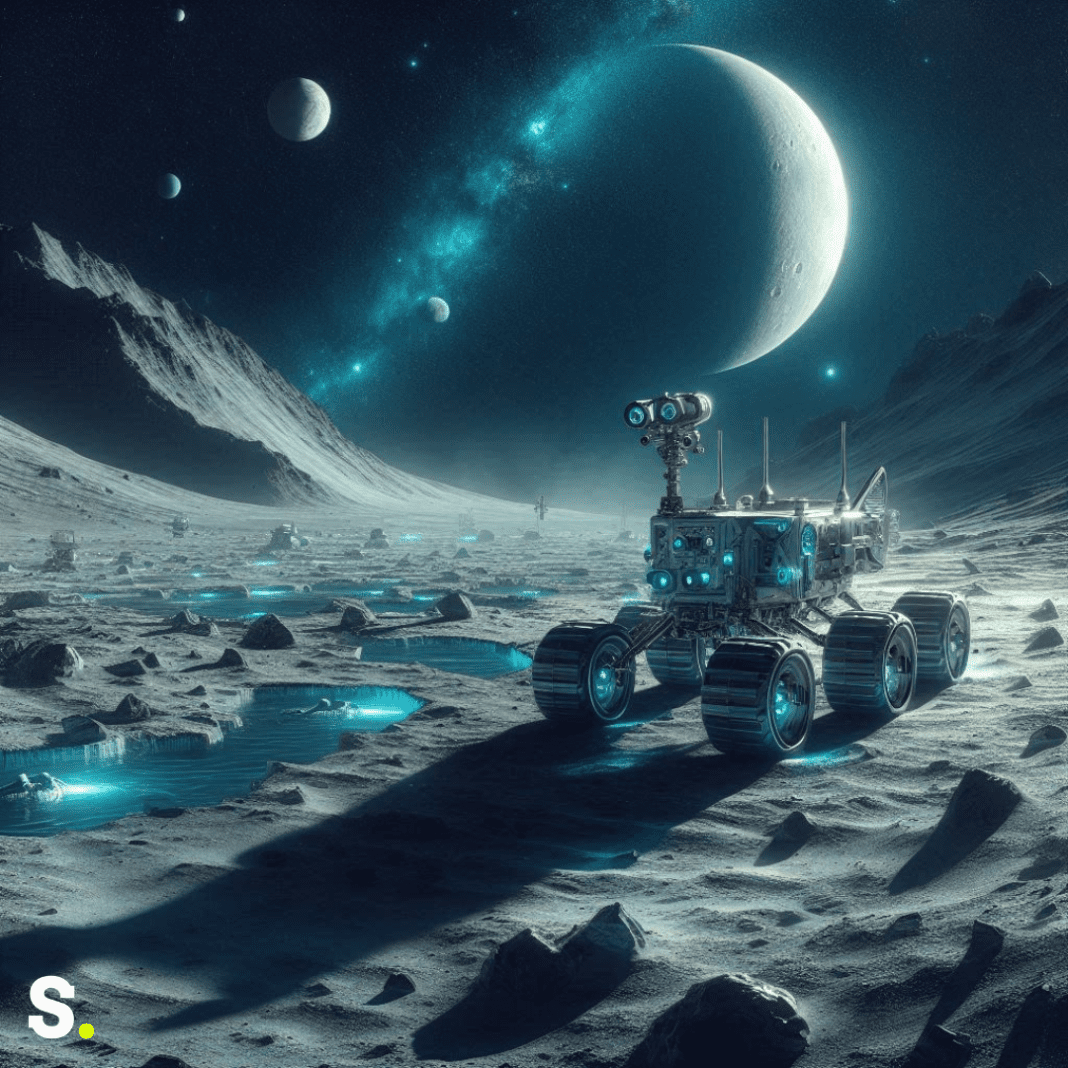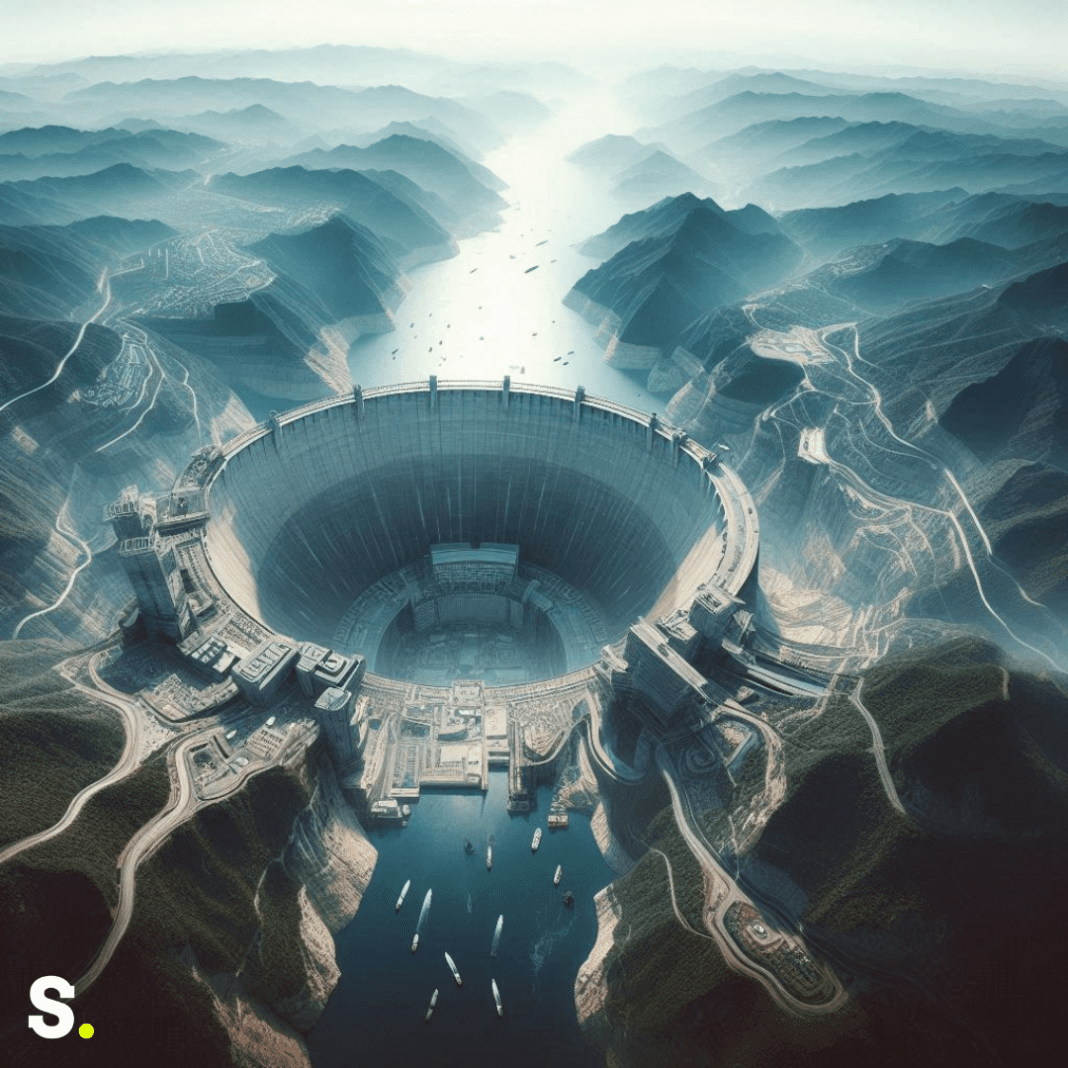Both scientists and space enthusiasts have always been enthralled with the Moon. Now, there’s a new area of interest: lunar water ice. Understanding this icy substance, especially in the permanently shadowed regions near the Moon’s poles, is crucial for future space exploration. Recent advances in technology and ambitious missions from both the United States and China are paving the way for deeper insights into this mysterious ice.
Decades of Exploration
Since the 1990s, scientists have been on a quest to explore the Moon’s surface and subsurface for water ice. They’ve employed various advanced technologies, each offering unique advantages in this quest.
Radar detection is one of the primary methods used. By employing the circular polarization ratio (CPR), radar can effectively differentiate between water ice and rough lunar terrain. This technique involves sending radar waves to the Moon and analyzing how they bounce back. This helps in distinguishing ice from other surface features.
Neutron spectroscopy is another vital tool in this exploration. Neutron detectors can infer the presence of hydrogen, which is a strong indicator of water ice. As cosmic ray neutrons hit the Moon’s surface, they have an effect on the hydrogen atoms in the ice. By measuring these interactions, scientists can estimate where water ice might be located.
Additionally, visible and near-infrared spectroscopy involves analyzing the Moon’s surface to detect the presence of water ice by looking at how different wavelengths of light are absorbed and reflected. Laser altimetry measures the distance from the spacecraft to the Moon’s surface, providing detailed topographical maps that help identify potential ice deposits in shadowed craters.
NASA’s Ambitious Missions
The United States is making significant strides in lunar exploration with several high-profile missions. One of the most anticipated is NASA’s VIPER (Volatiles Investigating Polar Exploration Rover). VIPER will be equipped with advanced instruments to collect detailed environmental data from the Moon’s surface, focusing particularly on regions that are permanently in shadow. This rover will search for water ice and gather data on soil composition, which will help scientists understand the distribution and characteristics of the ice.
Alongside VIPER, NASA has planned three small but powerful CubeSat missions. Lunar IceCube will orbit the Moon and use infrared technology to detect water. This tiny satellite is designed to provide a broad view of water distribution across the lunar surface.
Lunar Flashlight is another innovative mission. It will use a powerful laser to illuminate dark, permanently shadowed craters, which are suspected to contain water ice. By measuring how the laser light is reflected, scientists can infer the presence of ice.
LunaH-Map will orbit the Moon and use a special sensor to create detailed maps of hydrogen-rich areas. This mapping is crucial for identifying locations where water ice might be present beneath the lunar surface.
China’s Determined Efforts
China is also making significant progress with its lunar exploration missions. The Chang’E-7 mission is set to explore the Moon’s south pole in detail. This mission will deploy three sophisticated instruments to study lunar water ice.
The Lunar Microwave Imaging Radar (LMIR) will help in mapping the global distribution of water on the Moon. By sending microwave signals and analyzing how they interact with the lunar surface, LMIR can detect water beneath the surface even in areas that are difficult to reach.
The Lunar Neutron Gamma Spectrometer (LNGS) will detect subsurface hydrogen, similar to neutron detectors used by NASA. This spectrometer is designed to provide precise measurements of hydrogen content, which can indicate the presence of water ice.
Finally, the Lunar Water Molecular Analyzer (LWMA) will conduct in-situ analysis of water ice in permanently shadowed regions. This device will measure and examine ice samples directly, providing information about the chemical composition and distribution of water on the moon.
Collaborative Goals for their Lunar Missions
Both the US and China have ambitious goals for their lunar missions. Their goal is to obtain vital information regarding the origin, composition, and dispersion of water ice on the moon. This knowledge is essential not only for understanding the Moon’s geology and evolution but also for planning future lunar exploration and potential resource utilization.
As these missions progress, scientists around the world are eagerly awaiting new discoveries. The findings will help shape future space missions, potentially making lunar habitation and deeper space exploration more feasible. The intense rivalry between the US and China is driving technological advancements and pushing the boundaries of what we know about the Moon, each country contributing uniquely to the quest for lunar water ice.




